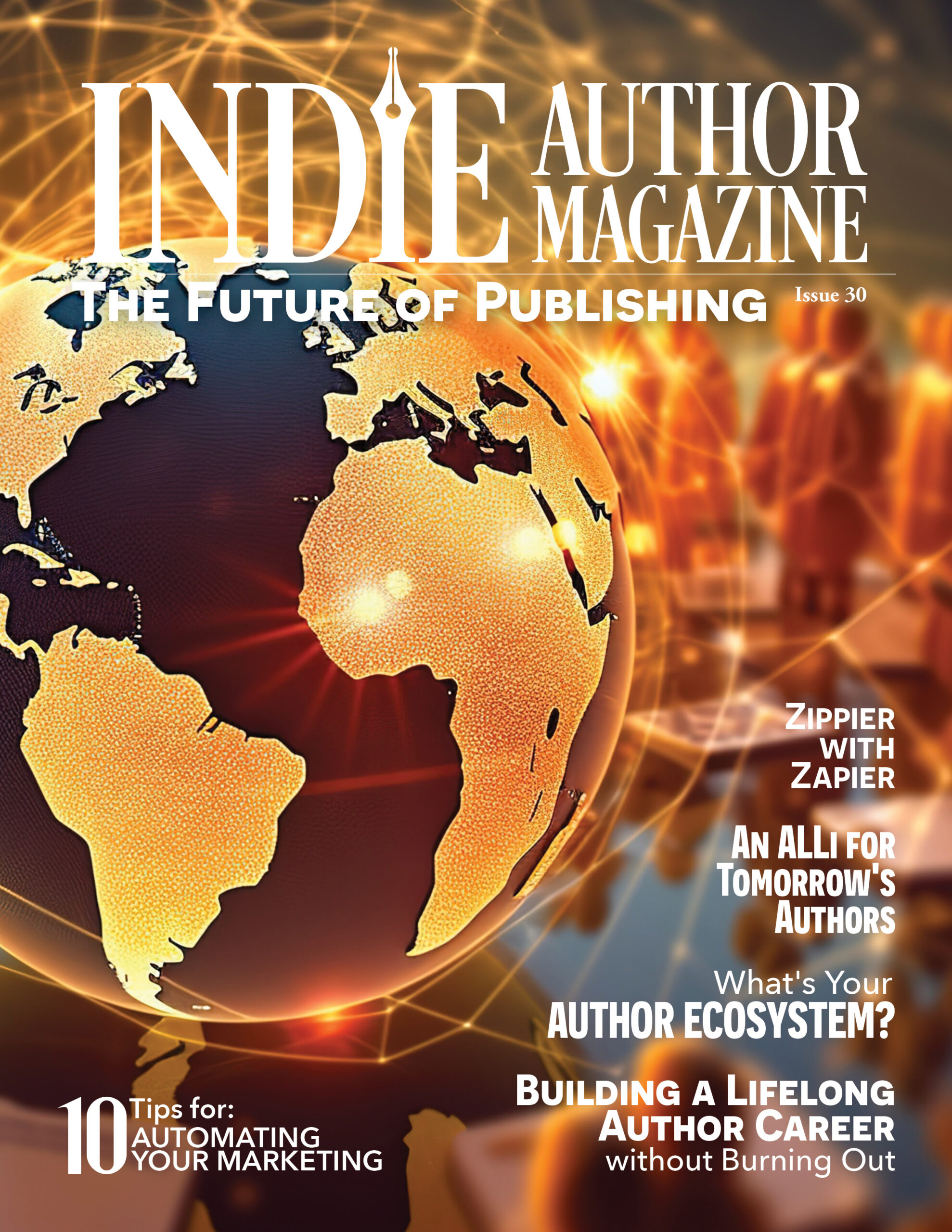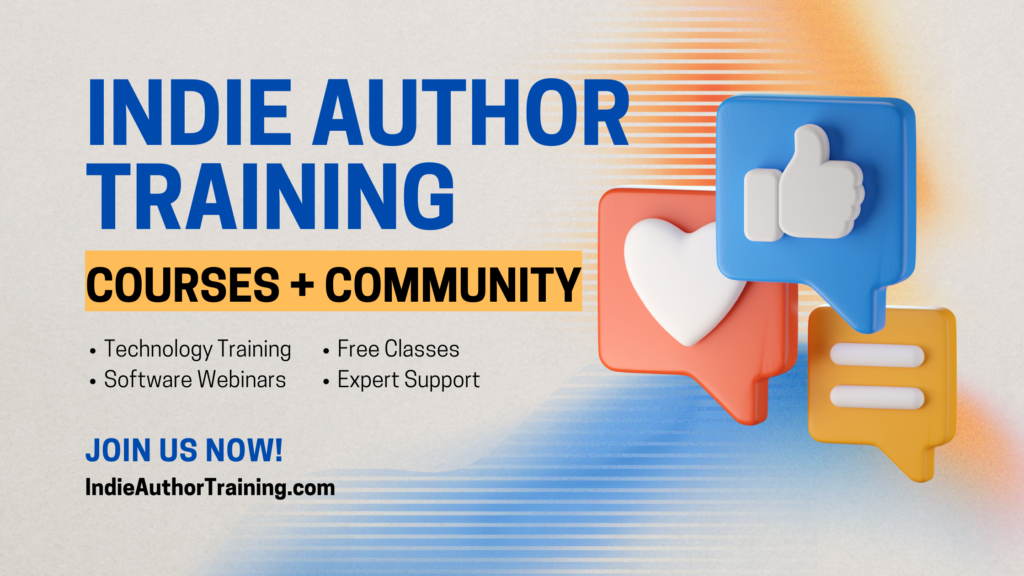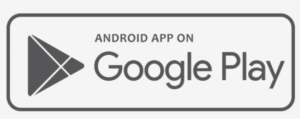If you want to sell books, don’t wait and hope that people will magically find you among 4.54 billion internet users. You need a way to cut through the noise, grab their attention, and generate sales.
People talk about having an author platform, but it can feel like an abstract concept. The internet tells you to have your own website, your own email newsletter, a social media presence, a lead magnet, a guest post, launch promos, advertising, and oh-so-many other things. It feels overwhelming. Where do you start? What do you focus on?
Basically, your author platform is everything that you do both online and off-line to help readers find you. What and how you say it is about your author brand—but that’s a topic for another day.
If you can understand what your author platform is and how all the pieces fit together, you can more effectively target and strategize your marketing efforts instead of running willy-nilly promos, posting here and there, or only occasionally sending an email to your subscribers.
The best way to wrap your head around this concept is through an analogy. Think of your author platform like a spider’s web (you’re the spider—but a very nice one), and all the internet users are like flies, zooming around the internet looking for interesting places to land.
The center of your web is your website: your central hub from which all other strands hang. You not only live there, but you also want your visitors to end up there. There, they can find out more about you and sign up for your email newsletter. All your books, your social media links, your blog—if you have one—are all listed there.
But don’t bother having a website if you’re not going to somehow drive traffic to it. You need to remember that people consume content differently, and different types of content achieve different results. Here, we’ll focus on the free stuff—paid advertising is another ballgame.
Social media for building brand awareness
Paid ads for fast-track growth and sales
Email newsletters for deepening relationships
Imagine that each spoke of your web is a different marketing channel. Social media networks like Facebook, YouTube, your email newsletter, a blog, paid ads, and press releases are all different channels from which you can attract attention.
Let’s take Facebook, for example. Generally speaking, photos tend to get more likes, whereas inspirational quotes, memes, and videos tend to get more shares. You need a willingness to test different types of content and learn what your audience responds to. But when you understand what makes them comment, click, or share and when you stop expecting one post to get all three (likes, shares, and comments), you can use it to your advantage as part of your strategy.
Just as the spider creates spokes, it also weaves between the spokes to make the web even stronger. Therefore, to build a stronger platform, you should cross-promote your other channels. From your email newsletter, you can direct fans to your preferred social media network and vice versa. According to We Are Social’s 2020 digital report, there are currently 3.8 billion active social media users, and of those users, each person actively uses at least one other social media platform a day and 6.7 different social platforms every month.
What this means for us is that you have plenty of opportunities to reach readers. If you’re not sure which platform to focus on, the reality is that it doesn’t matter. When you start to grow from focusing on one platform and create cross-channels, your audience will probably follow.
It also means that readers have more touch points to come into contact with you. Some industry professionals focus on signing up people for your email list because you own and control it. However, different people consume content differently. So even though they may not subscribe to your email list, you still have the opportunity to reach them through social channels, or vice versa.
The use of social media and blogging is typically referred to as content marketing or inbound marketing. Using content marketing as a strategy is a long-term, slow-burn effort that makes it hard to track a tangible effect on sales. People won’t necessarily indicate that they saw your social media post two days before they bought your book. It’s a kind of invisible marketing, but it can contribute to a reader’s buying decision.
Blogging is also a great, risk-free method for readers to find you. The reader views this as a “risk-free” method because they don’t have to make a large commitment or give away their email address to sign up for your email newsletter.
Blogs offer a free way to build awareness of your brand, but blogging isn’t for everyone. If you’re just starting out with little or no audience, you might decide to start blogging. Not only does it help you develop your brand voice and style, but it also keeps you writing, attracts new readers, and brings others back to your website. It’s also easy to set up, and you can invite your blog followers to sign up for a newsletter later down the line. To maximize the value of having a blog, be sure to add a call to action at the end of your blog posts, such as asking readers to share the blog post on social media or follow you on Facebook.
One of the main spokes of your web will be your email newsletter. This is because it is yours. You control it, for the most part anyway, aside from issues with spam folders and email deliverability. Essentially, you have direct access to a person’s inbox—and to someone who liked you enough to trust you with their email address.
The job of your email newsletter isn’t strictly about selling them your next book. In the age of personalization, focus on deepening your relationship with those readers. You’ve moved them from casual browsers to people who know, like, and trust you. Offer value in those emails. That doesn’t mean giving them free stories. We’re in the business of providing entertainment, so entertain them, and give them a reason to open your email.
Marketers are moving away from focusing on email open rates, but let’s say on average, a good email open rate is around 20 percent. If your open rate is less, try working on your subject lines and header text to increase that. If you’re above 20 percent, then that’s awesome—keep doing your thing.
Keeping the math basic, even if you’re getting the average open rate of 20 percent, 80 percent of your list have still not seen your email. Don’t be afraid to resend it. Try a different subject headline, and even if you another 20 percent of people open it, 60 percent still have not seen your email.
By driving people to other places in your web, you have more chances to connect with them. It doesn’t feel like a major thing if they don’t open your email or they unsubscribe because you can catch them on a social network. If they stop using social media, it’s okay because they’ve signed up for your email list. By having multiple spider web spokes—multiple channels, multiple touch points—you have more opportunities to stay connected with your audience. Your aim is to give readers meaningful ways to connect with you—and by meaningful, we mean meaningful to them.
Like social media, your author platform is a tool to build brand awareness and ultimately drive sales, so how you use it is up to you. Starting out, you may only have two or three spokes (your website, newsletter, Facebook) in your web, which is fine. Building a solid foundation takes time. Don’t look at authors with a huge backlist and a marketing budget to match and think you have to immediately do the same. If you’re further down the line, then look at which other channels you can use to cross-promote and strengthen your web.
Invite your newsletter readers to like or follow you on social media, and invite your social media followers to sign up for your newsletter. You’ll then have a solid author platform to build from.




